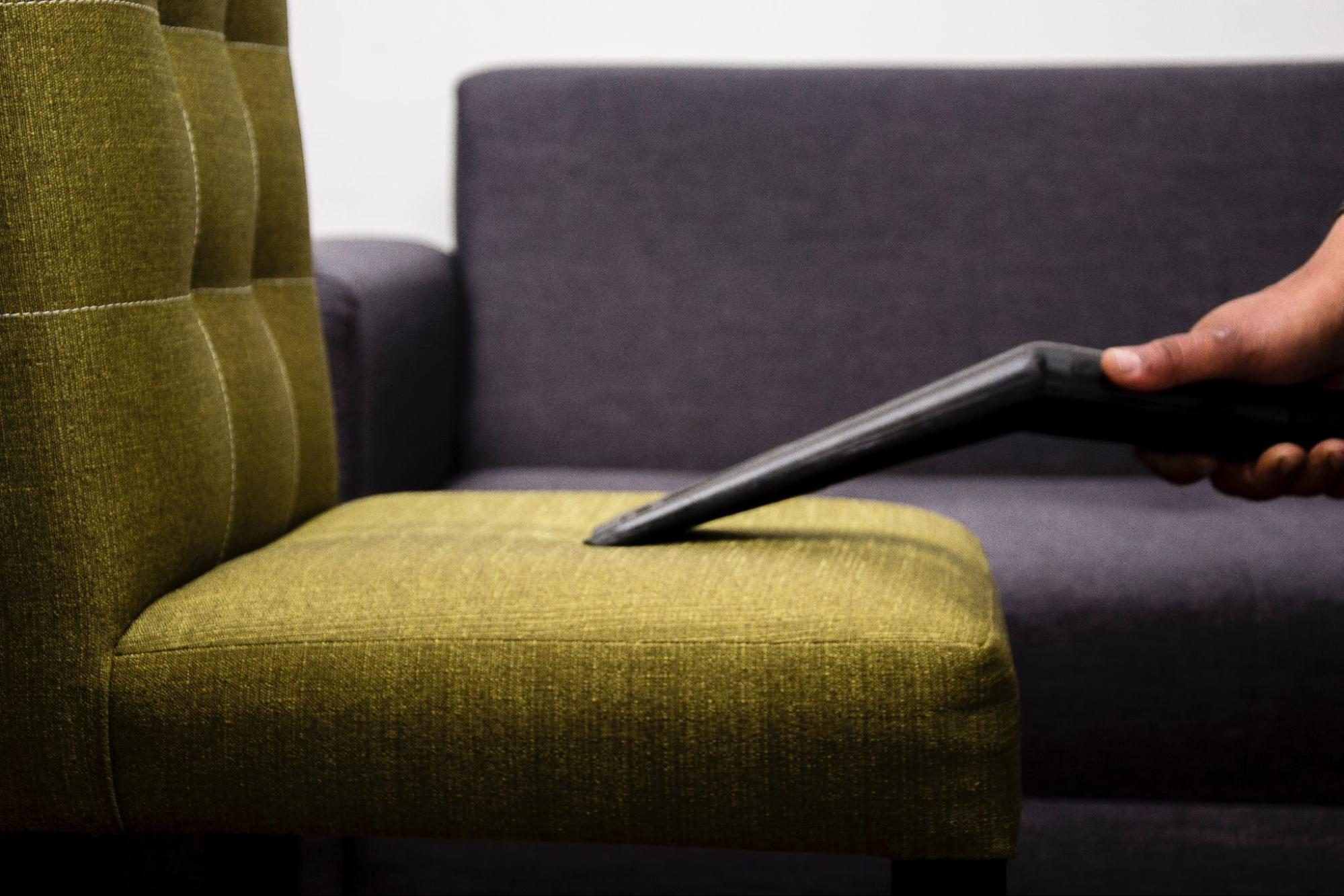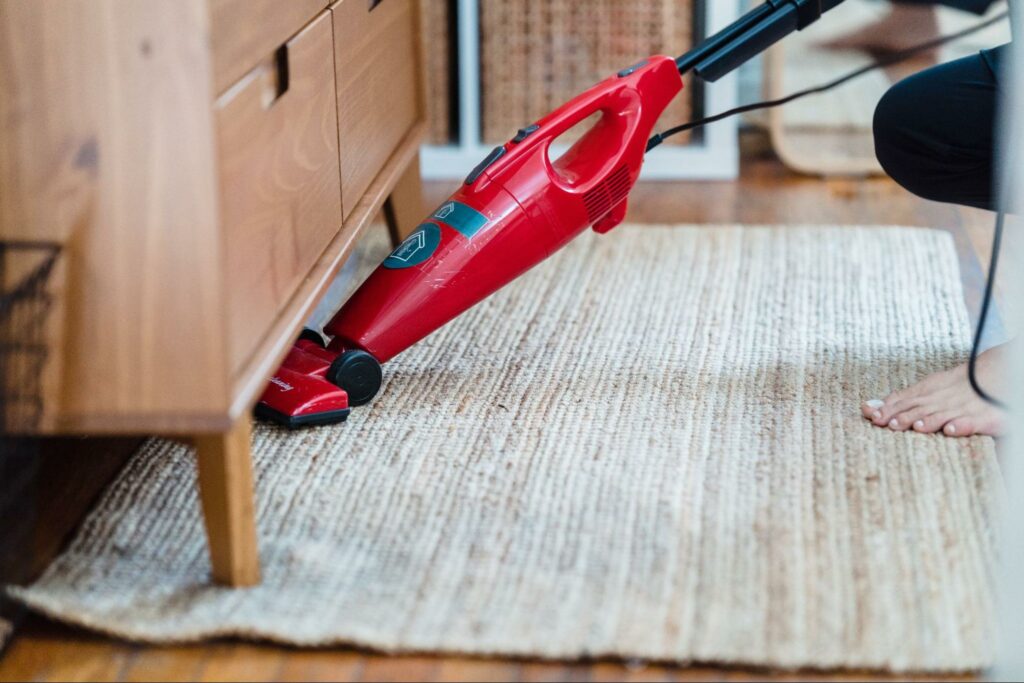Contents
Table of Contents
ToggleHow to Bleed Brakes by Yourself Without a Vacuum Pump
Bleeding brakes by yourself without a vacuum pump can seem like a daunting task, but with the right knowledge and tools, it’s definitely doable. In this article, I’ll address some frequently asked questions (FAQs) about this process to help you navigate through it smoothly.
One common question is whether it’s possible to bleed brakes without a vacuum pump. The answer is yes! While a vacuum pump is often used for brake bleeding, there are alternative methods that can be just as effective. I’ll explain these methods and provide step-by-step instructions to ensure you get the job done correctly.
Another important question revolves around the safety aspect of DIY brake bleeding. It’s crucial to prioritise safety when working on your vehicle’s braking system. I’ll discuss safety precautions and best practices to follow throughout the process, giving you peace of mind while you work on your brakes.
So if you’re wondering how to bleed brakes by yourself without a vacuum pump, keep reading for detailed answers to FAQs and expert guidance that will empower you to take on this task confidently. Let’s get started!

Why Should You Bleed Your Brakes?
The Importance of Bleeding Your Brakes Regularly
Bleeding your brakes is a critical maintenance task that should not be overlooked. It ensures the proper functioning of your braking system and enhances your overall driving safety. Here’s why it’s important to bleed your brakes regularly:
- Air Removal: Over time, air can get trapped in the brake lines, compromising their effectiveness. When you press the brake pedal, this air compresses instead of transmitting pressure to the brake pads or shoes. As a result, you may experience spongy or unresponsive brakes. Bleeding the brakes removes this air and restores optimal braking performance.
- Fluid Replacement: Brake fluid deteriorates over time due to heat and moisture exposure, leading to decreased performance and potential damage to internal components like callipers and cylinders. By bleeding your brakes regularly, you remove old fluid and replace it with fresh fluid, ensuring efficient operation and preventing costly repairs.
- Preventing Brake Failure: Neglecting brake maintenance can have serious consequences, including complete brake failure. Regular bleeding helps identify potential issues such as leaks or worn-out components before they escalate into more significant problems, keeping you safe on the road.
Common Signs That Indicate Your Brakes Need Bleeding
Knowing when to bleed your brakes is essential for maintaining their optimal performance. Look out for these signs that indicate it’s time for a brake bleeding session:
- Soft Brake Pedal: If your brake pedal feels soft or spongy when pressed, it could be due to air in the lines that needs purging through bleeding.
- Brake Fade: Noticeable decrease in braking power or a loss of responsiveness could signal contaminated or overheated brake fluid that requires replacement through bleeding.
- Brake Warning Light: If your vehicle’s dashboard displays an illuminated “Brake” warning light accompanied by decreased braking performance, it’s crucial to inspect and potentially bleed your brakes.
Step-by-Step Guide to Bleed Your Brakes without a Vacuum Pump
Bleeding your brakes without a vacuum pump is possible with the right tools and technique. Follow these steps for a successful brake bleeding process:
- Gather Supplies: You’ll need a clear container, fresh brake fluid, a wrench or socket set, and a helper (if available) to assist you in this process.
- Locate the Bleeder Valve: Find the bleeder valve on each brake calliper or wheel cylinder. Refer to your vehicle’s manual if unsure about their location.
- Prepare the Brake System: Top up the brake fluid reservoir with fresh fluid and ensure it remains at an adequate level throughout the bleeding process.
- Open the Bleeder Valve: Starting from the furthest wheel from the master cylinder, loosen the bleeder valve using an appropriate wrench or socket. Attach a clear tube to direct expelled fluid into the container.
- Pump and Hold Method: With assistance from your helper, have them press down firmly on the brake pedal several times and hold it down while you crack open (slightly loosen) the bleeder valve until fluid starts flowing through the tube. Close the valve before releasing pressure on the pedal.
- Repeat Process: Repeat this pumping and holding method while periodically checking and topping up brake fluid in between each wheel until there are no visible air bubbles in line with consistent flow of clean fluid.
- Tighten Bleeder Valve: Once finished bleeding all wheels, securely tighten each bleeder valve to prevent any leaks.

